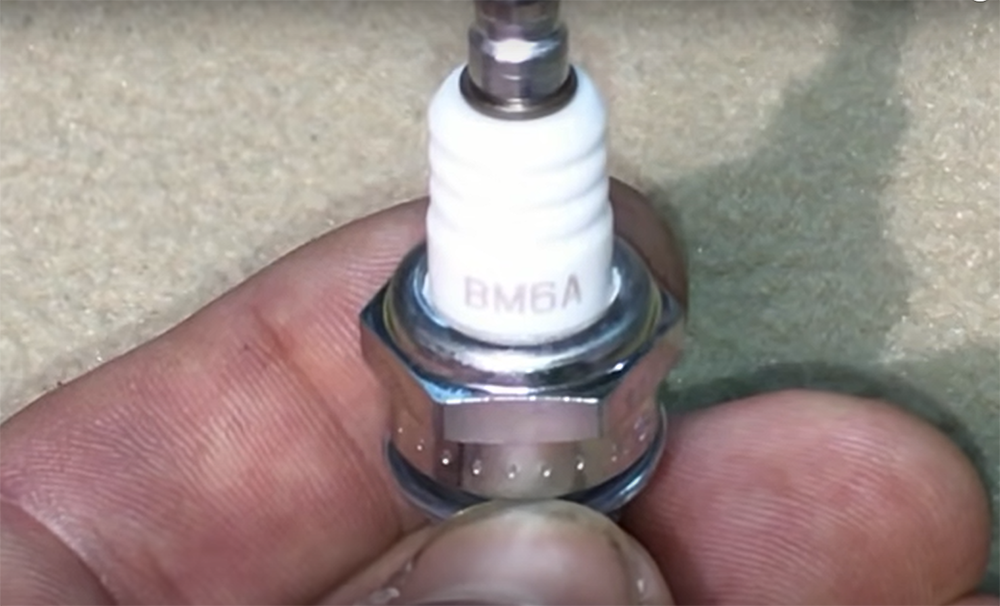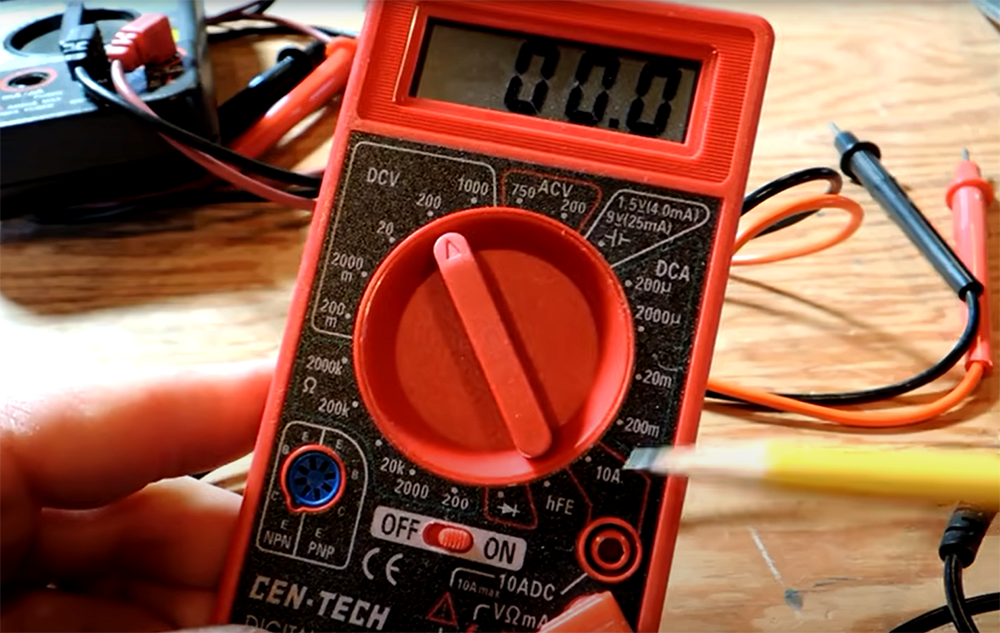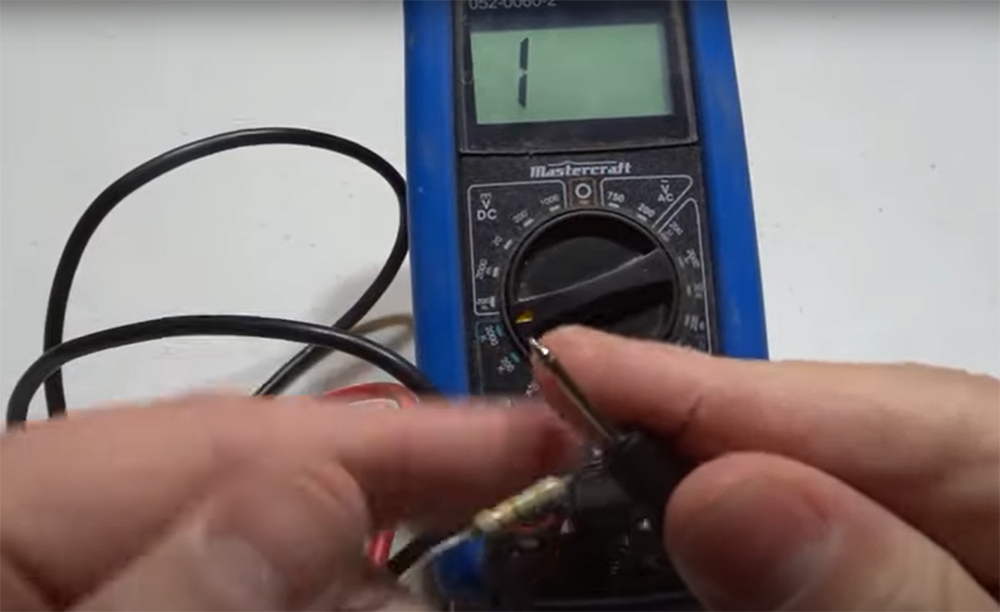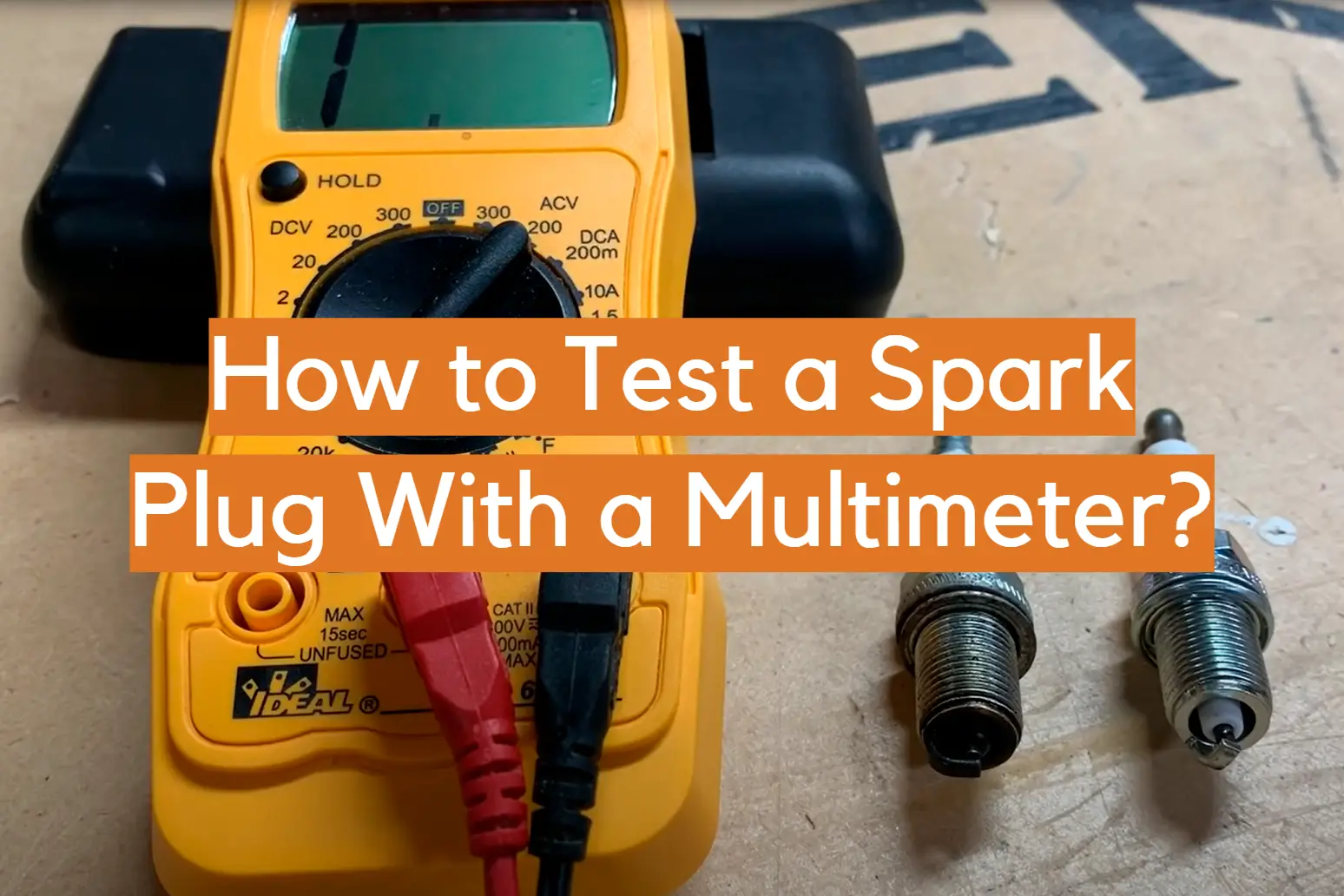Testing a spark plug with a multimeter is one of the most important things you can do to maintain your vehicle. By doing regular maintenance checks, you can catch any potential problems before they become bigger issues. In this article, we will answer some common questions about how to test a spark plug with a multimeter. We’ll provide useful tips and advice on how to get the most accurate readings possible. So, whether you’re a beginner or an experienced mechanic, this guide will be helpful for you!
Why You Should Test a Spark Plug
A spark plug is an essential part of a car’s ignition system. It produces the spark that is responsible for igniting the air/fuel mixture in the engine’s cylinders that starts the engine. A bad or failing spark plug can cause the engine to misfire, run rough, and have trouble starting. That’s why it’s important to test your spark plugs regularly to make sure they are working properly.
There are a few different ways to test a spark plug, but the most common and accurate way is with a multimeter. A little later, we’ll show you how to test a spark plug with a multimeter step-by-step so you can keep your car running smoothly.

But before we get started, let’s go over some of the basics.
What is a Spark Plug?
A spark plug is a small device that helps ignite the air and fuel mixture, which then starts the engine. A spark plug has two main parts: the electrode and the metal shell.
A spark plug produces sparks by using an electric current to ionize the mixture of air and fuel in an engine’s cylinders. When this mixture is ignited, the engine starts. The electric current is produced by the spark plug’s electrode, which is made of steel or copper. The electrode has a small gap that allows the current to jump and ionize the mixture. This process creates a spark that ignites the mixture and starts the engine.
Metal shells are made of steel or brass. It is the part of the spark plug that screws into the engine’s cylinder head. The metal shell has a small hole in it that allows the spark to jump from the electrode to the mixture. Its other role is to cool the spark plug, which is important because the sparking process generates a lot of heat.
Spark plugs should be tested at least once a year to make sure they are working properly. If your car is experiencing any of the symptoms listed above, it’s a good idea to test the spark plugs as soon as possible.
What is a Multimeter?
A multimeter is a tool that measures electrical voltage, current, and resistance. It can also be used to test for continuity, which means it can tell you if an electrical circuit is complete or not. A multimeter is an essential tool for testing electrical components like spark plugs because it can help you troubleshoot problems quickly and easily.

There are two main types of multimeters: analog and digital. Analog multimeters use a needle to point to a numerical value on a dial, while digital multimeters display the numerical value on an LCD screen. Digital multimeters are more accurate than analog ones, so they are the best choice for testing spark plugs. [1], [2]
Safety Considerations About the Test
Since you’ll be working with electrical components, it’s important to take some safety precautions before starting the test.
Wear safety equipment
Make sure you’re wearing gloves so you don’t accidentally touch any exposed wires or electrical components. Safety glasses will protect your eyes from flying debris or sparks. And ear protection will help reduce the noise from the engine and prevent damage to your hearing.
Turn off the engine
Before you begin testing your spark plugs, make sure to turn off the engine and all accessories. This includes lights, radios, air conditioners, etc. Once everything is turned off, open the hood and locate the spark plugs. It’s also important to disconnect the battery before beginning this process to prevent any accidental shocks.
Work with a cool engine
Be careful of moving parts
When working with the engine, be cautious of moving parts such as the fan or belts. These can create serious injuries if not careful. If possible, secure any moving parts before starting the test to help avoid them from hitting you while working.
Don’t touch the spark plug with the ignition on
Another safety consideration is to make sure the ignition is turned off before touching the spark plug. If the ignition is on, you risk getting shocked by the electrical current. Be sure not to touch anything at all without gloves or appropriate clothing. You don’t want to burn yourself on a hot engine part.

Lastly, make sure you have a clear understanding of what you’re doing before starting. Test each step as you go along to ensure everything is functioning correctly. Once you’re confident in your skills, then you can move on to testing the spark plug itself. [1]
Testing a Spark Plug With a Multimeter
Now that you understand the basics of how a multimeter works and some safety considerations, you’re ready to test the spark plug.
To test a spark plug with a multimeter, you’ll need the following tools:
- A digital multimeter
- A spark plug socket (optional)
- A ratchet (optional) – if you’re using a spark plug socket
Cut fuel supply
Before you can test the spark plug, you need to make sure that there is no fuel getting to the engine. If there is fuel in the engine, it could cause the spark plug to fire and damage the engine.
Remove the spark plug wire
Once the fuel supply is cut off, you can remove the spark plug wire from the spark plug. To do this, simply pull on the wire until it comes free. If your spark plug has a boot, you will need to twist it counterclockwise to release it from the spark plug. Be careful not to damage the end of the wire when removing it from the spark plug.
Remove the spark plug
With the spark plug wire removed, you can now remove the spark plug from the cylinder head. To do this, you will need a spark plug wrench. Insert the spark plug wrench into the socket on the end of the spark plug and turn it counterclockwise to loosen it. Once it is loose, you can pull the spark plug out of the cylinder head.
If you’re not sure how to do this, consult your car’s owner manual. Once you have removed the spark plug, inspect it for any damage such as cracks, corrosion, or burnt areas. If there is any damage, it will need to be replaced before continuing with the test.
Set multimeter to Ohms
When you want to test a spark plug with a multimeter, the first thing you need to do is set your multimeter to Ohms. To do this, find the knob on your multimeter that has an “Ohm” symbol and turn it until the needle is pointing at that setting.

Test the probe resistance
With your multimeter set to Ohms, you now should test the probe resistance. To do this, touch the probes together and see what the reading is on the multimeter. It should be close to zero. If it’s not, you may get incorrect readings when testing the spark plug, so it’s best to replace your probes. Once you have verified that your probes are working correctly, you can proceed with testing the spark plug.
Test the plugs
To test the spark plug, you’ll need to connect one of the multimeter leads to the electrode on the end of the plug. In order to connect the multimeter to the electrode, you’ll first need to remove any debris or corrosion from the surface. Once it’s clean, you can attach one lead of the multimeter to the electrode and touch the terminal on the plug.
Check the readings
When you touch the two leads together, you should see a reading on the multimeter. The reading will be in Ohms and will tell you how much resistance there is between the electrode and the metal on the plug. Which readings are considered good and which are bad will depend on the type of spark plug you’re using. If you’re unsure about what readings are considered good or bad, consult your car’s owner manual or the spark plug manufacturer’s website.
Usually, the reading should be between 500 and 3000 for a new spark plug, and up to 5000 for an old spark plug. If the reading is outside of this range, then it means that there is a problem with the spark plug and it will need to be replaced. [1], [2], [3], [4]
FAQ
How do you test a spark plug to see if it’s any good?
You can test a spark plug in two ways: with a multimeter or by using the spark plug to start an engine. If the spark plug is good, it will create a small spark that will jump across the gap between the electrodes.
To test a spark plug with a multimeter, set the multimeter to measure resistance and touch the leads to the metal threads of the spark plug. A good spark plug should have between five thousand and ten thousand ohms of resistance.
How can you tell if a spark plug is bad?
There are a few ways to tell if a spark plug is bad. One way is to look at the electrode. If it is burned or damaged, then the spark plug is probably bad. Another way to tell if a spark plug is bad is to test it with a multimeter.
How many ohms should a spark plug have?
A spark plug should have between 500 and 3000 ohms. If your spark plug has a low resistance, this could be an indication that the electrode is worn down. If the resistance is too high, it could mean that the spark plug is fouled or damaged.
What color should spark be on a spark plug?
The color of the spark on a spark plug can tell you a lot about the condition of the plug. A healthy spark plug will have a bright, blue-white spark. If the spark is yellow or orange, this indicates that the plug is running too hot and could be causing engine knock. If the spark is black, this indicates that the plug is fouled and needs to be replaced.
Useful Video: How to Test Spark Plugs Using a Basic Multimeter
Conclusion
Spark plug testing is an essential part of preventative maintenance for your vehicle. By testing your spark plugs regularly, you can avoid potential engine problems and keep your car running smoothly. Testing a spark plug with a multimeter is a quick and easy way to check the health of your spark plugs. While there are other ways to test spark plugs, using a multimeter is the most accurate method. With a little practice, anyone can learn how to test a spark plug with a multimeter. Just don’t forget to take the necessary safety precautions because working with electricity can be dangerous. We hope you found this guide helpful. If you have any questions or comments, please feel free to leave them in the section below. Thanks for reading!
References:
- https://www.thedrive.com/maintenance-repair/39898/how-to-test-a-spark-plug
- https://handtoolsforfun.com/how-to-test-a-spark-plug-using-a-multimeter/
- https://www.kitplanes.com/build-a-spark-plug-resistance-tester/
- https://micdot.com/checking-spark-plugs-with-multimeter/














Leave a Reply